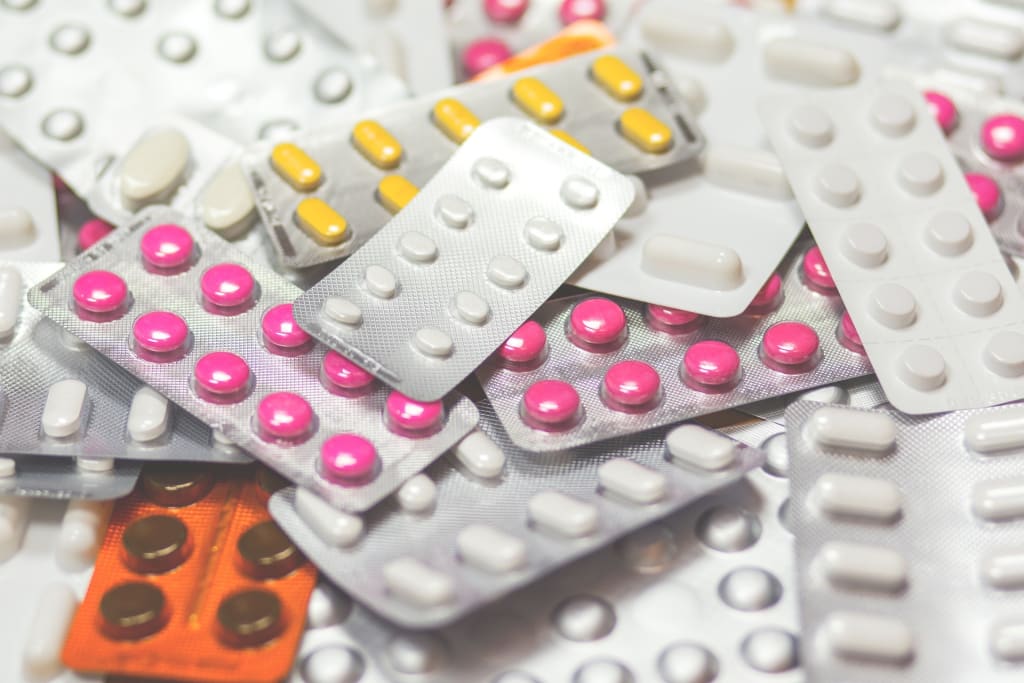
An antidepressant market worth billions of dollars was launched in the 1950s by the discovery of two new drugs. Both medications had no intention of treating depression; in fact, many medical professionals and researchers at the time thought psychotherapy was the only treatment option. The ensuing decades-long journey of discovery revolutionized our understanding of depression and brought up issues we hadn't previously thought about.
Ipronaizid, one of those first two antidepressants, was created with the goal of treating tuberculosis. In a 1952 study, it not only treated tuberculosis but also helped patients who had been previously diagnosed with depression by enhancing their moods. When conducting a trial for the antihistamine imipramine, a Swiss physician noticed a comparable result in 1956. A group of neurotransmitters known as monoamines was affected by both drugs.
The discovery of these antidepressants gave rise to the chemical imbalance theory, which postulates that depression is brought on by a lack of monoamines in the brain's synapses. The use of drugs like imipramine, ipronaizid, and others that work in a similar way to them was thought to help the brain's monoamine levels return to normal. Each of the monoamines that these medications were designed to target acted on a variety of receptors throughout the brain. This frequently resulted in a variety of side effects, such as headaches, sleepiness, and cognitive impairments such as problems with memory, thinking, and judgment. Scientists started researching existing antidepressants to discover which particular monoamines were most associated with reductions in depression, in an effort to make the medications more targeted and minimize side effects.
Many researchers came to the same conclusion in the 1970s: serotonin appeared to be the monoamine that was the target of all the most potent antidepressants. Fluoxetine, also known as Prozac, was created in 1988 as a result of this discovery. It was the first of a new class of medications called Selective Serotonin Reuptake Inhibitors, or SSRIs, which prevent serotonin from being reabsorption, making more of it available in the brain. Compared to more traditional, less effective antidepressants, Prozac was effective and had fewer side effects. By educating the public and the medical profession about the risks associated with depression, Prozac's manufacturers also attempted to promote their medication. With a decrease in the stigma and culture of blame surrounding depression and an increase in the number of people seeking help, more people started to view depression as a disease brought on by factors outside of the control of the individual.
The amount of people receiving depression treatment increased dramatically in the 1990s. The majority of patients received only antidepressant medication as treatment, with psychotherapy and other therapies falling by the wayside. Since then, our understanding of depression's causes and how to treat it has become more nuanced. Not all people with depression benefit from SSRIs like Prozac; some do better with medications that target different neurotransmitters or don't benefit at all from treatment. The effectiveness of psychotherapy and antidepressants together is often greater than the effectiveness of either one used alone. Antidepressants change monoamine levels within a few hours of taking the medication, but patients typically don't experience the benefit until weeks later. The reason antidepressants work in this way is unknown. Some patients never experience depression again after stopping antidepressants, while others relapse. Today, it is acknowledged that neither the origins of depression nor the mechanisms underlying the efficacy of antidepressants are understood. The chemical imbalance theory is, at best, a partial explanation.
The fact that almost all antidepressants act on serotonin cannot be a coincidence, but this does not imply that serotonin deficiency is the root of depression. If you find that strange, think about a simpler illustration: steroid creams can be used to treat poison ivy rashes, but just because they are effective doesn't mean that the rash was brought on by a lack of steroid hormones. Regarding our understanding of this illness, we still have a ways to go. Thankfully, we have efficient tools to treat it in the interim.
About the Creator
Enjoyed the story? Support the Creator.
Subscribe for free to receive all their stories in your feed. You could also pledge your support or give them a one-off tip, letting them know you appreciate their work.






Comments
There are no comments for this story
Be the first to respond and start the conversation.